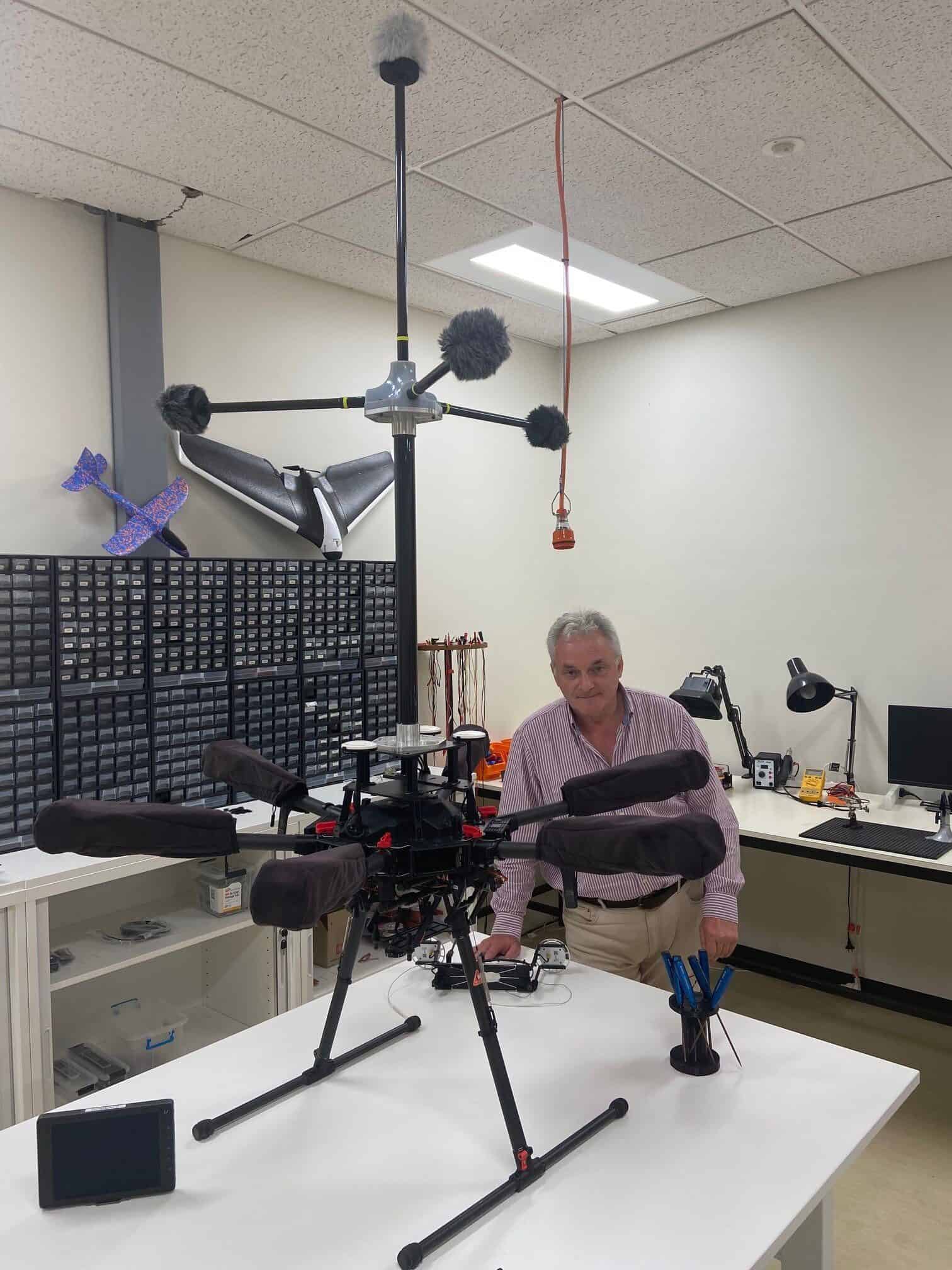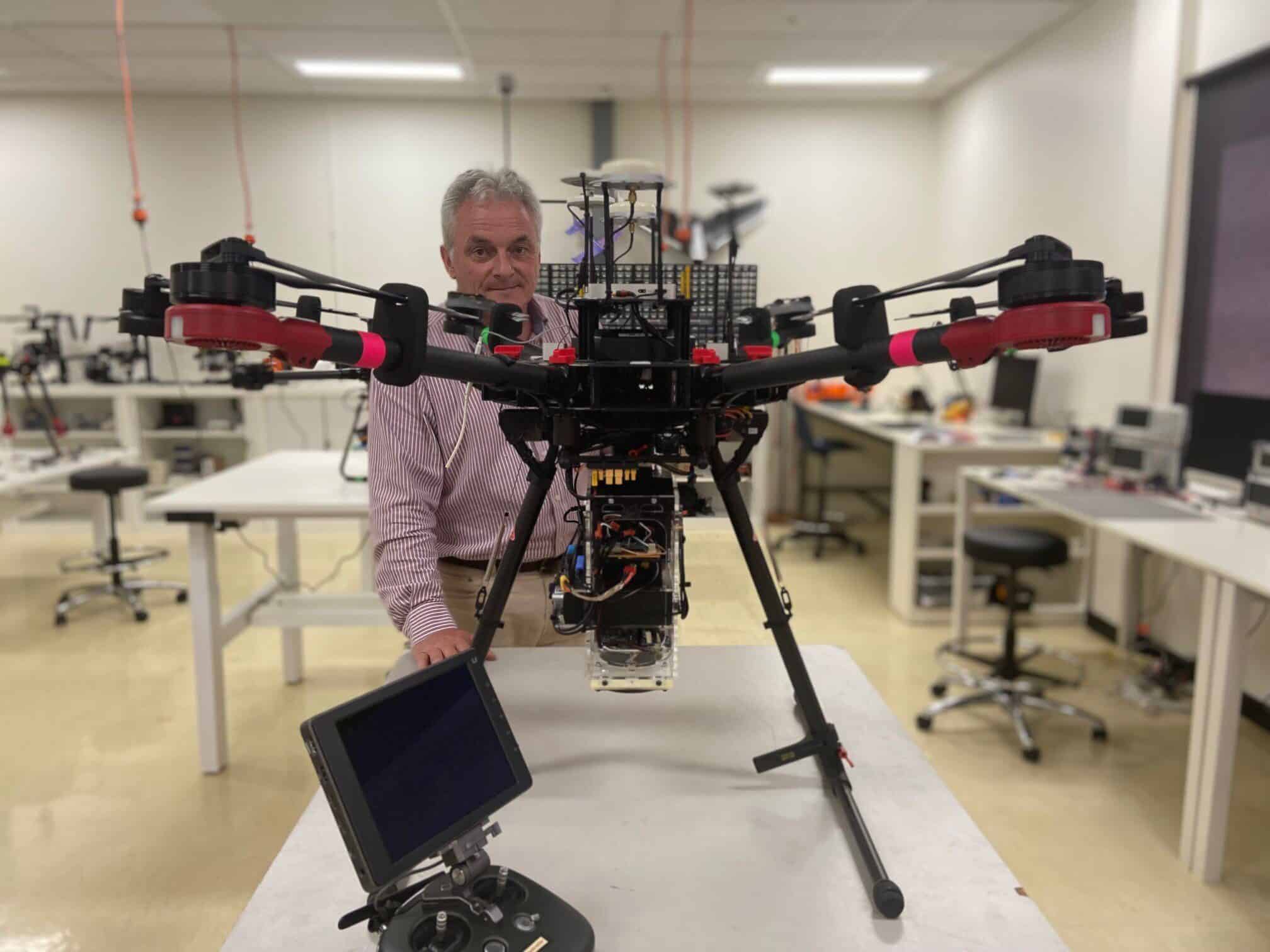Distant drone acoustic signatures can be detected with help from hoverfly's visual system
3 min. read
Published on
Read our disclosure page to find out how can you help MSPoweruser sustain the editorial team Read more


Weaponized drones are now being used on the battlefield, and they pose a significant threat due to their size and remote-controlled capabilities. This, however, might change with the findings of Australian researchers who reverse-engineered the visual systems of hoverflies, allowing the detection of drones‘ acoustic signatures even in complex and concealed settings up to almost four kilometers away.
According to the University of South Australia’s (UniSA) autonomous systems experts, Flinders University, and defense company Midspar Systems, they see a 50% better detection rate with bio-inspired signal processing techniques compared to conventional methods nowadays.
“Bio-vision processing has been shown to greatly increase the detection range of drones in both visual and infrared data,” said Anthony Finn, UniSA Professor of Autonomous Systems. “However, we have now shown we can pick up clear and crisp acoustic signatures of drones, including very small and quiet ones, using an algorithm based on the hoverfly’s visual system.”
The process includes converting acoustic signals into two-dimensional spectrograms images and using the neural pathway of the hoverfly brain. According to them, this enhances and suppresses unrelated signals and noise to increase the detection range of the sounds.
The researchers attributed this success to the ability of insects like hoverflies to capture visual signals in noisy dark-lit regions using their superior visual system.
“We worked under the assumption that the same processes which allow small visual targets to be seen amongst visual clutter could be redeployed to extract low volume acoustic signatures from drones buried in noise,” said Dr. Russell Brinkworth, Associate Professor in Autonomous Systems at Flinders University.
The new discovery can aid Ukraine in its battle against Russia and in other situations where IED-carrying drones are a big threat. Professor Finn believes that it can also be a valuable technology for airports and military bases where unauthorized drones can be dangerous. Dr. Brinkworth backed Prof Finn’s statement saying that it will benefit aviation regulators and safety authorities who need to keep an eye on the hovering autonomous aircraft in sensitive airspace.
“The impact of UAVs in modern warfare is also becoming evident during the war in Ukraine, so keeping on top of their location is actually in the national interest,” said Dr. Brinkworth. “Our research aims to extend the detection range considerably as the use of drones increases in the civilian and military space.”
On the other hand, while the detection range is greatly improved by the bio-inspired processing compared to the traditional techniques, the researchers said that the result might vary depending on the type of drone and other conditions.








User forum
0 messages